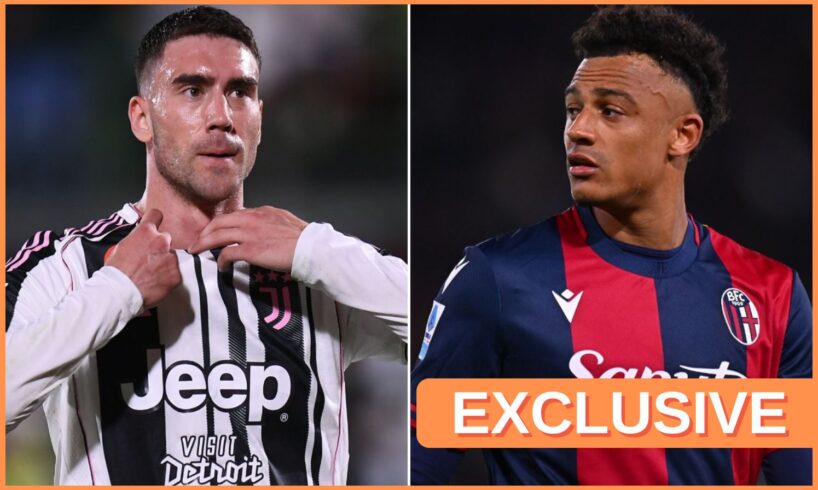
Some go all-out in the transfer market without worrying about expenses, and those who, on the contrary, pay attention to every possible saving. Some overspend on a player, going beyond his valuation, while others, confident in their strategy, let time slip by before starting to pay, or saving, just a few pennies. Different approaches, each with their own risks. But isn’t this exactly how we evaluate a club’s strategy and the skill of those who manage the transfers?
Let’s take two cases: Ndoye and Vlahovic…
Honestly, I appreciated that Napoli didn’t break the bank for Dan Ndoye. Let’s recognise that the forward is a good player, potentially a great one, but he’s not worth €40m/42m, reaching €45m with add-ons and a sell-on clause that could push the transfer package close to €50m.
Nottingham Forest, like many English clubs, have no problem tossing in millions like they’re peanuts. Good for Bologna, credit to everyone involved in their transfer dealings because they know how to sell gold as if it were platinum and they set the terms without budging an inch. They’ve done with Zirkzee and Calafiori, as well as with Beukema, and they continue to highlight the ‘positive balance sheet’ line, a trademark that deserves credit.
As for their strategy on incoming players, opinions may differ. Immobile might score goals, but I wouldn’t have brought back someone who left last summer supposedly for a ‘life choice’ (whatever that was), only to reverse it in just a few months. Italiano has the situation under control, we’ll see if he can repeat his success in the new season.
I’d like to explain why Ndoye shouldn’t be worth well over €40m. If that were the case, Atalanta should ask €90m for Lookman, and Napoli should have gone close to €100m for Kvaratskhelia. I’ve always been told that the valuation logically follows performance: if you don’t reach double digits for goals and assists, you can’t expect to demand the moon. In England,…
..





